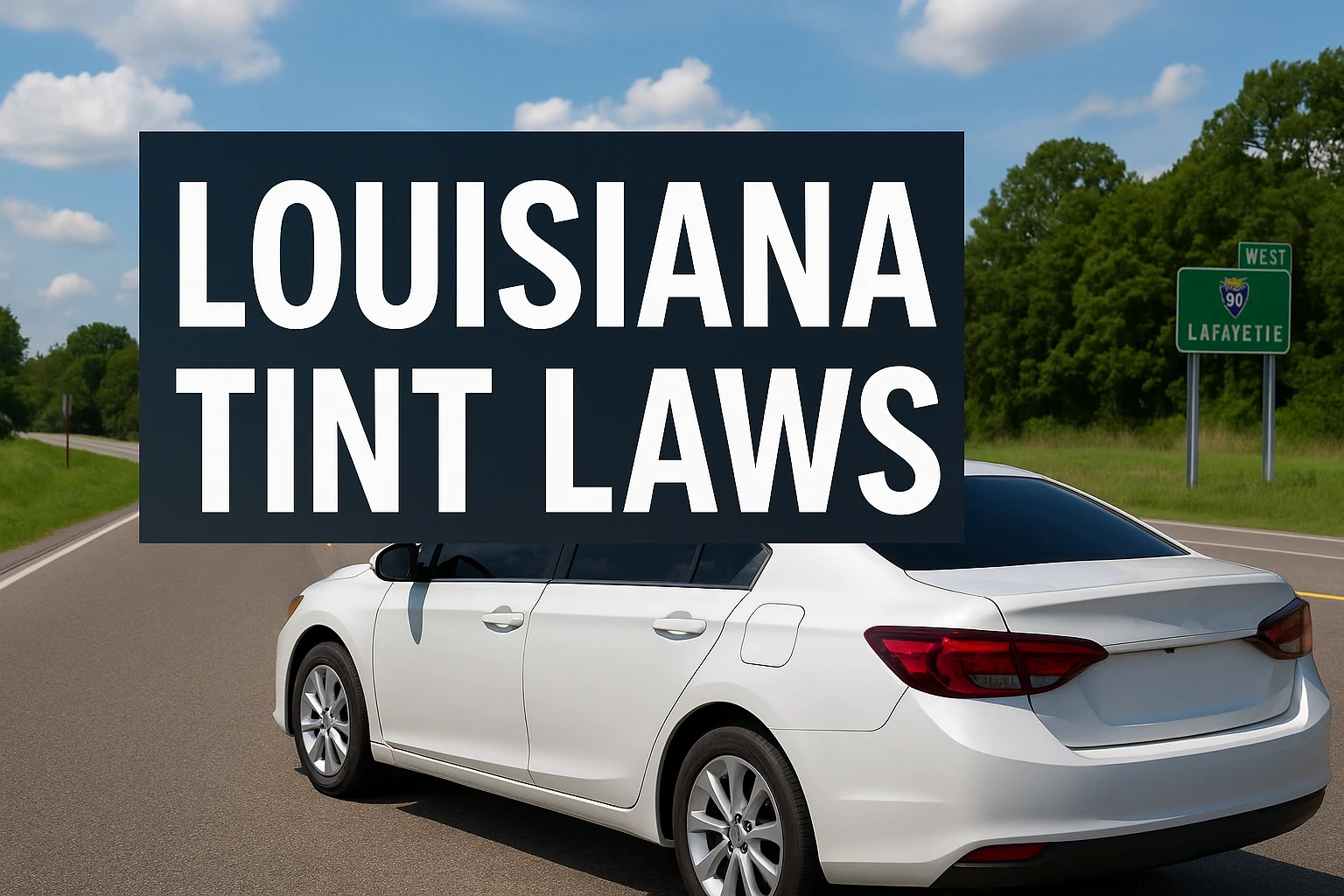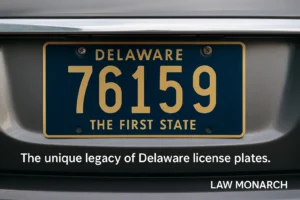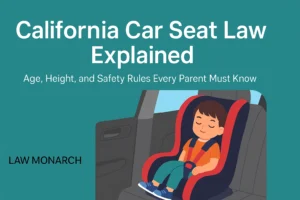Many people in Louisiana add tint to their car windows. It helps block sunlight, reduce heat, and protect the inside of the vehicle. It also gives more privacy on the road. But not all window tint is legal. The state has clear rules about how dark your windows can be.
If your tint breaks the law, you could face fines or fail your yearly inspection. It does not matter if the tint came with the car. You must still follow state limits. Some drivers can get special permission due to health problems, but they need approval first.
This guide explains Louisiana’s tint laws in simple words. It covers legal limits, common problems, and how to avoid fines. No matter what kind of car you drive, knowing these rules can help you stay safe and avoid trouble.
What Is Window Tint?
Window tint is a thin layer that goes on top of your car’s windows. Most drivers add it to block heat, reduce glare, and keep the car cool in summer. Tint also helps stop the sun from damaging the seats or dashboard. Some people use it for privacy or just for style.
Each tint comes with a number called VLT, or visible light transmission. This number shows how much light can pass through the window. A low VLT means the tint is dark. A high VLT means the tint is light. Louisiana uses this number to decide if your tint is legal or not.
Louisiana Legal Tint Limits
The law gives different rules for different types of windows. It also separates cars and SUVs into different groups. You must check the rules that match your type of vehicle.
For regular cars like sedans:
- Front side windows must let in at least 40% of light.
- Back side windows must let in at least 25% of light.
- Rear window must let in at least 12% of light.
- Windshield can only have a strip of non-reflective tint at the top. This strip must stay above the AS-1 line or be no lower than 5 inches from the top.
For larger vehicles like trucks, SUVs, and vans:
- Front side windows must let in at least 40% of light.
- Back side windows and the rear window can be darker. The law does not give a minimum limit for those.
This means the rules are strict on front windows. Police must be able to see the driver clearly. The back windows allow more freedom, especially on larger vehicles. The state sets clear Louisiana tint laws that tell how much light your windows must let in.
Rules About Reflective and Colored Tint
Louisiana does not allow mirror-like or shiny tints. These types reflect light and can confuse or blind other drivers. The law says that your tint must not reflect more than 20% of light.
The state also bans red and amber colors. These colors may hide traffic signals or cause confusion on the road. Most legal tints come in black, gray, or dark charcoal shades. These colors stay within the law and still block heat.
Always ask your installer about the film type. A good tint shop will know which films follow Louisiana rules.
What If You Have a Medical Condition?
Some people need extra protection from sunlight due to health problems. This could include skin conditions, eye issues, or other medical concerns. If you fall into this group, you may qualify for a darker tint.
To apply, you must send a letter from your doctor or eye specialist to the Louisiana State Police. The form must include a letter from your doctor or eye specialist. The letter should say why you need darker tint and include your name and vehicle details.
If approved, you will get a certificate. You must keep this in your car at all times. Show it to the police if they stop you. This approval does not last forever. You may need to renew it if you buy a new car or change your windows.
Sticker and Inspection Rules
Louisiana requires every tinted vehicle to show a tint compliance sticker. This sticker proves that your tint follows the law. It must go between the film and the driver-side window glass.
Each year, your car must pass a safety inspection. The inspector will check the VLT using a tool called a light meter. They will also look for the sticker. If your tint is too dark or if the sticker is missing, you will fail the inspection.
Fixing failed tint can cost time and money. That is why most drivers go to professional tint shops. These shops use legal film and place the sticker in the correct spot.
What Happens If Your Tint Is Illegal?
During a traffic stop, drivers must obey a lawful order given by the officer, including requests to inspect window tint or vehicle documents.
The first fine can go up to $150. If you break the law again, the fines may go higher. You may also need to remove or change the tint before your car can pass inspection.
Driving with illegal tint can also raise red flags with insurance companies. You may face higher rates or trouble during a claim. It is better to fix the tint before it becomes a problem.
How To Check Your Tint
If you are not sure how dark your tint is, ask the shop that installed it. They should have a record of the VLT numbers. You can also buy a small VLT meter to check the windows yourself.
Some police departments offer free tint checks at events. You can also visit your nearest inspection station to ask for a reading. They will tell you if your windows pass or fail.
Keep all records from your tint shop. Ask for a warranty or receipt that shows the tint level and film brand. These records help you if there is ever a dispute about your tint.
Used Cars and Out of State Vehicles
If you buy a used car, always check the tint first. Many vehicles come from other states where the rules are different. A tint that is legal in Texas or Florida may not pass inspection in Louisiana.
Before you pay for a car, check the front side windows. If the tint is too dark, ask the seller to fix it or lower the price. Some dealers may offer to replace the tint for free.
Out-of-state drivers who move to Louisiana must also follow these laws. If your car has dark tint, you may need to remove it or get a legal replacement before registering the vehicle here.
How Louisiana Compares to Other States
Tint laws are different in every state. Some places allow darker tints. Others have tighter rules than Louisiana. If you plan to travel out of state, check those laws first.
Some states stop drivers for out-of-state tint violations. Even if your tint is legal in Louisiana, it may not be legal in Mississippi or Arkansas. Avoid trouble by keeping your windows close to national averages.
Conclusion
Window tint makes driving more comfortable in the heat. It blocks sunlight, protects your car’s interior, and gives you privacy. But you must follow Louisiana’s rules. The state sets clear VLT limits for each window. It also bans shiny or colored films that block visibility.
Make sure your tint meets state law. Use certified shops. Keep your sticker in the right place. Always ask questions before you apply any film. If you need darker tint for medical reasons, get permission first.
Legal tint helps you stay safe and avoid tickets. It also keeps your car ready for yearly inspections. Don’t take chances. Know the rules and drive with confidence in Louisiana.
Legal Disclaimer
This page gives general information, not legal advice. Tint laws may change. Contact the Louisiana State Police or a traffic lawyer for current details.




